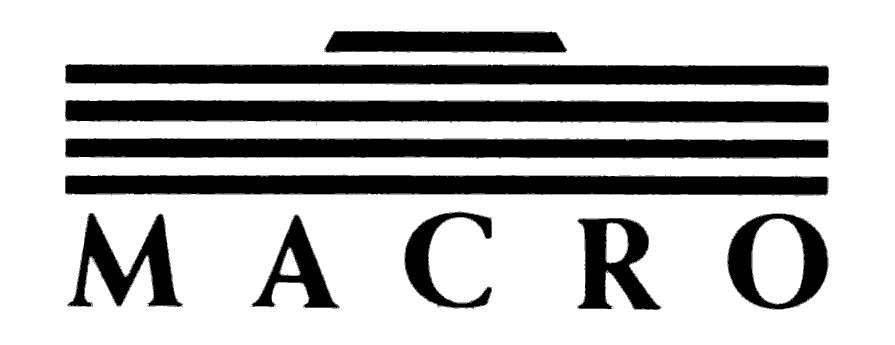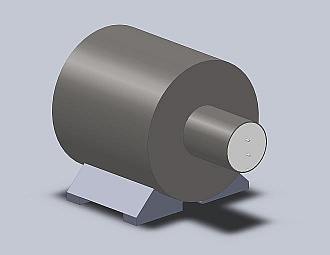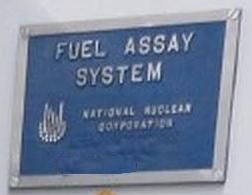
Reduce the Californium Needed
For your Active Scanners
SKIP YOUR NEXT CALIFORNIUM RELOAD
AFTER THAT, LOAD ONLY HALF WHAT YOU USE NOW
MAINTAIN CURRENT INSPECTION SPEEDS AND QUALITY LEVELS
REDUCE OPERATOR RADIATION EXPOSURE LEVELS
 Most fuel rod active gamma scanners in use today were developed in the 80's.
Back then, californium (252Cf) was relatively inexpensive and electronics were bulky, complex and expensive. It was more cost effective to use a lot californium.
Most fuel rod active gamma scanners in use today were developed in the 80's.
Back then, californium (252Cf) was relatively inexpensive and electronics were bulky, complex and expensive. It was more cost effective to use a lot californium.
This has changed. Californium is now very expensive and availability is limited; electronics have greatly improved.
Macro has developed nuclear electronics specifically for use in fuel rod scanners that are small, efficient, simple and less expensive.
This enabling technology let's Macro upgrade existing active gamma scanners (e.g. NNC and IRT) to greatly increase their efficiency
thus reducing the amount of californium needed to maintain existing inspection speeds and quality levels.
 Alternatively, scan speed and/or inspection sensitivity can be improved.
Alternatively, scan speed and/or inspection sensitivity can be improved.
Upgrades can be made to existing systems with minimal risk and little impact on operations and down time.
Macro can provide new analysis software or your existing software can be easily modifed to use the new raw data profiles provided.
Also, with reduced activation of the fuel and less neutron flux in the irradiator cabinet, operator radiation exposure will be reduced.
EXAMPLE:
Macro recently completed such an upgrade for a ~600 MTU/year LWR fuel manufacturer. Their NNC active scanner required a minimum of 550 ug (11 GBq) 252Cf to meet scan speed and inspection quality requirements.
Macro replaced the detector assembly and data collection electronics.
Macro also replaced the obsolete, hard to maintain densitometer and delayed neutron data collection electronics with new state of the art electronics, integrating them with the delayed gamma detector electronics.
No changes to the fuel rod handling hardware were required.
After the upgrade, the system was qualified to scan at the same speed and quality requirements using just 225 ug (5.5 GBq) 252Cf.
Besides letting them skip their next californium reload, maintenance was greatly simplified; obsolete parts were replaced; manual calibration of electronics is no longer required.
The customer chose to integrate the raw data profiles (delayed gamma, densitometer and delayed neutron) provided by the Macro detector assemblies and electronics into their existing analysis software.
The work was coordinated so all was successfully accomplished on-time during a scheduled plant shut down.
At all times during the upgrade the ability to fall back and completely restore and requalify the old system in the time remaining was retained.
It is proven and we can do it right now. Why wait?
